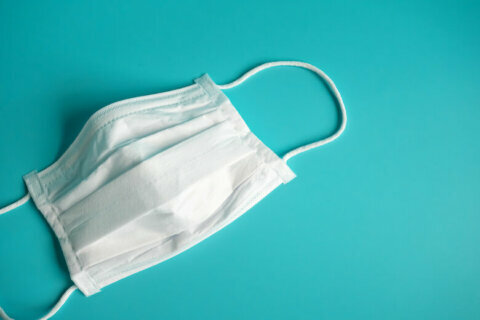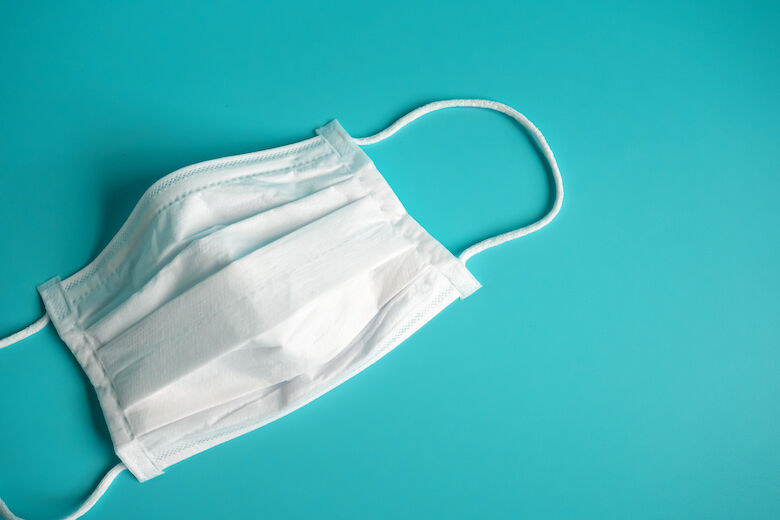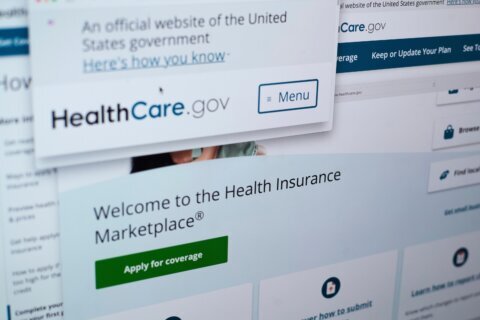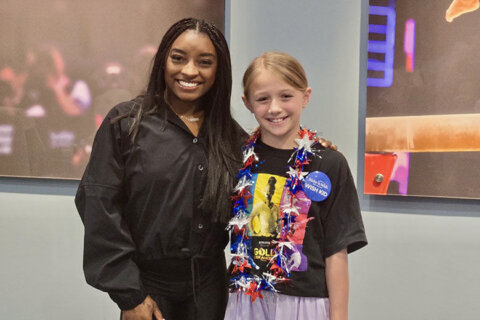
Awkward and uncomfortable situations in public can occur when those who still wear a mask and those who don’t interact. So, who is right and who is wrong?
Maybe the answer isn’t so black and white.
“Our behaviors are driven by our thoughts, our feelings, our emotions, and our fears,” said Dr. George Everly, a professor at the center for humanitarian health at Johns Hopkins Bloomberg School of Public Health.
“Get as well-informed as you can about that which you are fearful of. Get as much reliable, credible information,” but Dr. Everly added that when it comes to coronavirus, its harder to compare to other fears someone might have.
“Use multiple sources, see where they coalesce, and begin to develop your understanding,” he said.
Regardless of where that helps you land on the mask or no mask decision, Dr. Everly said it is up to you — and only you — to decide how to react from there.
“Don’t throw caution to the wind. Proceed cautiously,” he said, adding “the world is not as safe as it was prior to COVID.”
And if you decide to wear a mask because someone else might be and you want to be “a good neighbor” then that’s fine.
However, at the same time, “don’t set rigid expectations of what you should be doing or what somebody else should be doing. Just focus on yourself,” he said.
“Ultimately all we can control is what we can do. And we can’t control other people, but we can control how we react to other people and whether you choose to wear a mask even though you’re fully vaccinated, that’s a judgment call.”









